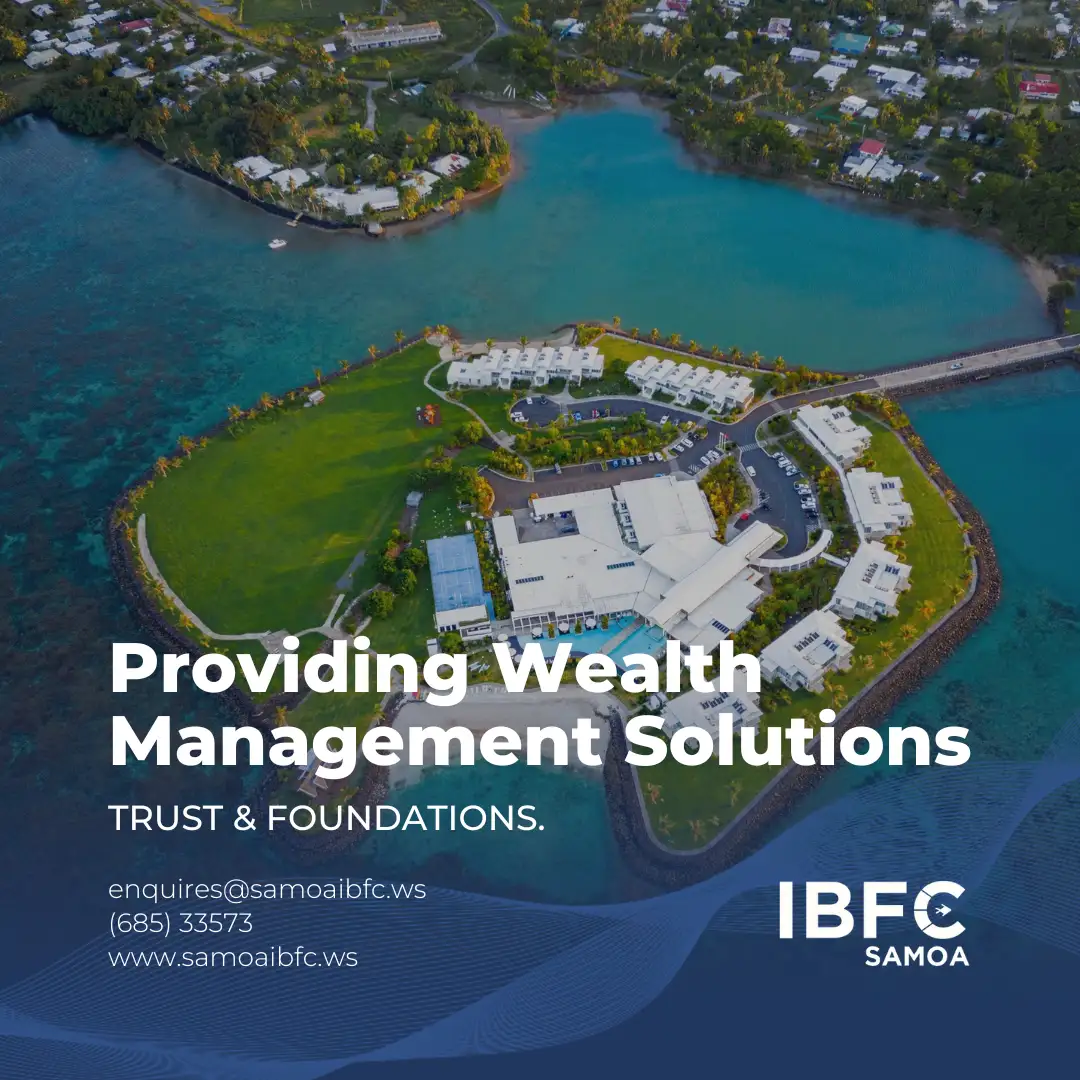For decades, the go-to model for managing wealth, residency, and lifestyle was simple: pick one country, establish roots, and build everything around it. That model worked—until it didn’t.
As borders tightened, policies shifted, and the meaning of “global access” started to change, forward-thinking investors began moving in a new direction. Today, conversations among family offices, private banks, and cross-border advisors are no longer about where to live or where to bank—but how to combine multiple jurisdictions into a single, agile plan.
The rise of multi-entity planning isn’t just about tax or passports—it’s about staying mobile, future-ready, and globally positioned in a world that’s no longer one-size-fits-all.
The Drivers Behind Multi-Entity Planning
- Global Mobility and Lifestyle Aspirations
The desire for a cosmopolitan lifestyle, access to superior healthcare, education, and business opportunities has propelled HNWIs to seek multiple residencies and citizenships. The COVID-19 pandemic underscored the importance of having alternative living arrangements, as travel restrictions and healthcare disparities became apparent. A study by the Migration Policy Institute highlighted the pandemic’s significant impact on global mobility patterns, prompting a reevaluation of residency strategies.
Source: Migration Policy Institution
- Geopolitical Instability and Economic Uncertainty
From regional conflicts to shifting alliances and global sanctions, political risk is now a central part of strategic wealth planning. Investors are no longer thinking in terms of short-term volatility—they’re preparing for long-term uncertainty. That’s why many are expanding their footprint across multiple jurisdictions, using residency and entity structures to ensure their wealth, families, and businesses are shielded from abrupt policy shifts or regulatory surprises. Multi-entity planning has become a competitive tool—allowing global citizens to stay agile no matter which way the world turns.
- Climate Change and Environmental Concerns
Environmental concerns are quietly becoming one of the most influential factors in global planning decisions. Rising sea levels, extreme weather events, and resource insecurity are making some jurisdictions less viable for long-term living, operations, or asset holding. Investors and families are increasingly choosing secondary residencies in stable climates—not just for comfort, but to ensure continuity in education, healthcare, and access to basic infrastructure. This layer of environmental foresight now plays a key role in multi-entity strategies, reinforcing the need to diversify not only politically and financially, but geographically.
Source: Carbon Brief
Rethinking the One-Jurisdiction Strategy
For many years, individuals managed their wealth, residency, and citizenship within a single country — a model that once offered convenience and clarity. But as the world becomes more interconnected and dynamic, high-net-worth individuals are increasingly exploring multi-jurisdictional strategies that provide added resilience and flexibility.
Recent developments across Europe and the Caribbean have highlighted the value of staying adaptive. The European Union, for instance, is working to harmonise standards across its Member States, prompting reviews of citizenship programs such as Malta’s. Meanwhile, discussions around visa arrangements for certain Caribbean passports are encouraging investors to evaluate the long-term mobility benefits of diversified planning.
At the same time, today’s investors are also more conscious of how their global footprint aligns with personal branding, regulatory transparency, and international perceptions. By building a presence across multiple jurisdictions, individuals are not just future policy changes — they’re also enhancing credibility, mobility, and access to broader networks and markets.
Embracing Multi-Entity Planning: A Strategic Imperative
Multi-entity planning involves establishing a presence across multiple jurisdictions, encompassing aspects like residency, citizenship, banking, and asset management. This approach offers several advantages:
- Diversification of Risk: Spreading assets and interests across various legal and political environments reduces exposure to localized risks.
- Enhanced Mobility: Multiple residencies or citizenships provide greater freedom of movement, essential in times of crisis.
- Optimized Tax Planning: Leveraging the tax regimes of different jurisdictions can lead to more efficient wealth management.
- Access to Global Opportunities: Being present in multiple markets opens doors to diverse investment and business prospects.
The Shift in Regulatory Mindset: Substance Over Simplicity
One of the clearest signs that multi-entity planning is here to stay lies in how global regulators are thinking. The old model—set up a structure in a low-tax jurisdiction and forget about it—is no longer viable. Today, authorities from the EU to the OECD are pushing for economic substance, genuine presence, and transparency across borders.
This shift means that smart structuring now requires real engagement with multiple jurisdictions—not just paper ties. That’s why more families and businesses are investing in on-the-ground footprints: maintaining property, local advisors, operations, or even physical presence in more than one place. It’s not complexity for complexity’s sake—it’s alignment with a world where one jurisdiction alone can’t offer everything.
Multi-Entity Planning: The Smart Move Forward
As the global landscape continues to evolve, so too must the strategies of those navigating it. The move away from single-jurisdiction dependency isn’t just about reacting to threats—it’s about building flexibility, resilience, and access into your life and legacy. Whether it’s a shift in tax policy, a regulatory clampdown, or the need for greater mobility, having structures and relationships across multiple jurisdictions offers more control in an increasingly unpredictable world.
For internationally minded families and investors, this isn’t a trend—it’s a mindset. Multi-entity planning allows for smarter decisions, faster pivots, and stronger positioning—whether you’re securing education options for your children, diversifying investments, or protecting your long-term reputation. It’s not just about where you are—it’s about how you’re positioned to move, adapt, and grow.
Read our related article: Structuring for Resilience: How Private Clients Are Protecting Assets in an Era of Global Sanctions.






